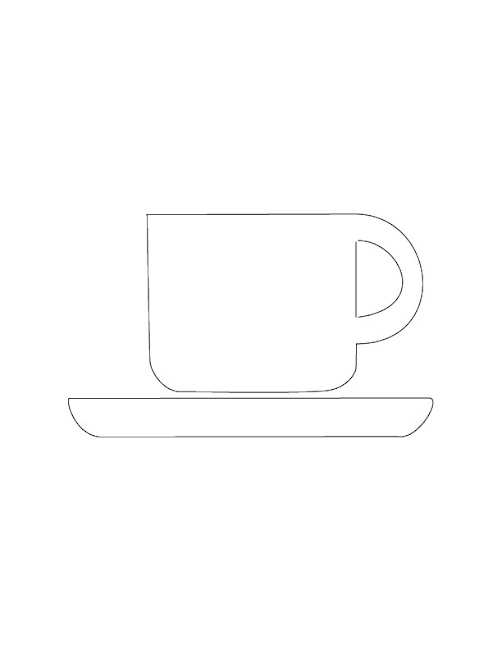I have viewed the art experiences of "Inherited Traits" in the TCNJ art gallery two times. The first time I had a surface interpretation of the art, not fully understanding their individual meanings. However, the next time I viewed the work I really was dumbfounded as I pondered the question of how these two very creative artists even arrived at their ideas. The concept of Nina's 'Geneology of the Supermarket' is really quite genius. Who would think of that? This question raced through my mind as I viewed their works again. Where do ideas come from? I think they start with a passion that sparks inside us. I also think Nina's presentation choices of 'our own living rooms' look appeals to everyone, I think we may all have some of those everyday frames in our homes. We can all relate as we look on at the famous faces that not only grace our grocery stores, but our own pantry at home. We grew up with these people in a way that unites us all, although humorously.
I thought Nina's exhibit of 'The Nightgown Pictures' was thoughtful, inspiring in so many ways. To begin with, the book of photographs her grandmother gave her was invaluable in so many ways. By going back to those places to document, Nina was able to create art from what already was art. I might also add, to take those pictures every year was a very disciplined feat...not an easy thing to do, as we saw in the last photo.
Heidi's very profound presentations of historical events in 'Transplant' and 'Trace' exemplifies her as an interdisciplinary artist. Her interesting use of digital arts to present, with such clarity, emotional historical events has an impact. Her technique is precise and exact as she uses digital media in a dimensional genre.
I think both artist's have an interesting way of processing life experiences, and their ability to portray their ideas helps us to all relate. The conceptual part of art is the fetus of all great pieces of art that I think is so often taken for granted.
Sunday, February 14, 2010
Subscribe to:
Comments (Atom)







